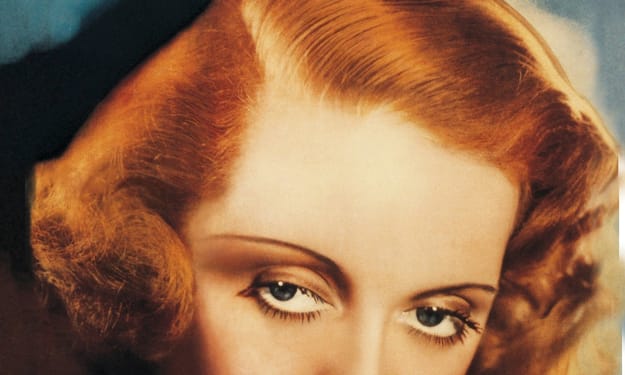A Filmmaker's Guide to: The Kuleshov Effect
Film Studies (Pt.96)

In this chapter of ‘the filmmaker’s guide’ we’re actually going to be learning about literature and film together. I understand that many of you are sitting in university during difficult times and finding it increasingly hard to study and I understand that many of you who are not at university or not planning on it are possibly stuck of what to do, need a break or even need to catch up on learning film before you get to the next level. This guide will be brief but will also contain: new vocabulary, concepts and theories, films to watch and we will be exploring something taboo until now in the ‘filmmaker’s guide’ - academia (abyss opens). Each article will explore a different concept of film, philosophy, literature or bibliography/filmography etc. in order to give you something new to learn each time we see each other. You can use some of the words amongst family and friends to sound clever or you can get back to me (email in bio) and tell me how you’re doing. So, strap in and prepare for the filmmaker’s guide to film studies because it is going to be one wild ride.
The Kuleshov Effect
What is it?
The Kuleshov Effect is a filming technique which utilises the subtext of a certain situation in a film in order to convey a certain part of the story and/or emotion/meaning. This is done through splicing techniques in which the subject [character] is seen looking at something. The camera then cuts to that particular thing very quickly and then cuts back to the character. This is normally followed by yet another one of these happening and is either cut to the same thing or something different which creates a very similar meaning or adds to the overall meaning of the scene.
At about one minute and thirty seconds in the video above, The Kuleshov Effect is utilised in a very different way by David Lynch. "Eraserhead" seems to build on this by also waiting for a reaction from the other character in the scene as well as the main subject. This is something that is still a part of the same effect, just evolved and made slightly different through technique.
Let us now take a look at some other examples of the Kuleshov Effect in action.
In "Rear Window" there is more than one example of where the Kuleshov Effect is used and if you are like me and love to watch other things to do with film, you have probably seen the conversation between Hitchcock and Truffaut in which Hitchcock speaks of the Kuleshov Effect used with James Stewart as the example. Check out this scene from about halfway through and watch to the end to see how this compares with the next scene we are going to watch which is famed for its use of the Kuleshov Effect: "Man with a Movie Camera".
"Man with a Movie Camera" is one of the best examples of the Kuleshov Effect being used within the confines of the film to create meaning. At about one minute through this scene and to watch to the end you will be able to see the way in which the cuts from the camera to the woman to begin with create first of all, this feeling of invasion. And then, as we build up we get all these different meanings colliding with the man who is, in fact, holding a movie camera.
When we take a look at the ways in which the Kuleshov Effect is used, we need to notice also how it has been subverted by various directors and filmmakers alike in the run up to our own modern day. Filmmakers such as David Lynch, Tim Burton and even Steven Spielberg have managed to subvert the way in which the Kuleshov Effect creates meaning through cinematography via changing the way we see it on the screen. It has often been used in horror film to change the way in which reality becomes distorted but, has become less and less common with the evolution of horror film into the 21st century.
When you are using the Kuleshov Effect just make sure you do not overuse it as it can become stale very quickly. It is subtle in its meaning creation and when used correctly can add to the overall and underlying criticisms that will come out of your movie.
About the Creator
Annie Kapur
200K+ Reads on Vocal.
English Lecturer
🎓Literature & Writing (B.A)
🎓Film & Writing (M.A)
🎓Secondary English Education (PgDipEd) (QTS)
📍Birmingham, UK






Comments
There are no comments for this story
Be the first to respond and start the conversation.